Asafoetida, also known as “hing,” is a powerful spice used widely across South Asia and the Middle East for its distinctive flavor and medicinal properties. Often referred to as the “food of the gods” in ancient Ayurvedic texts, asafoetida has carved a unique niche in global culinary and pharmaceutical industries. This article explores which country stands out as the world’s largest asafoetida producer, the reasons behind its dominance, and the significance of asafoetida in trade, culture, and health.
Understanding Asafoetida: A Brief Overview
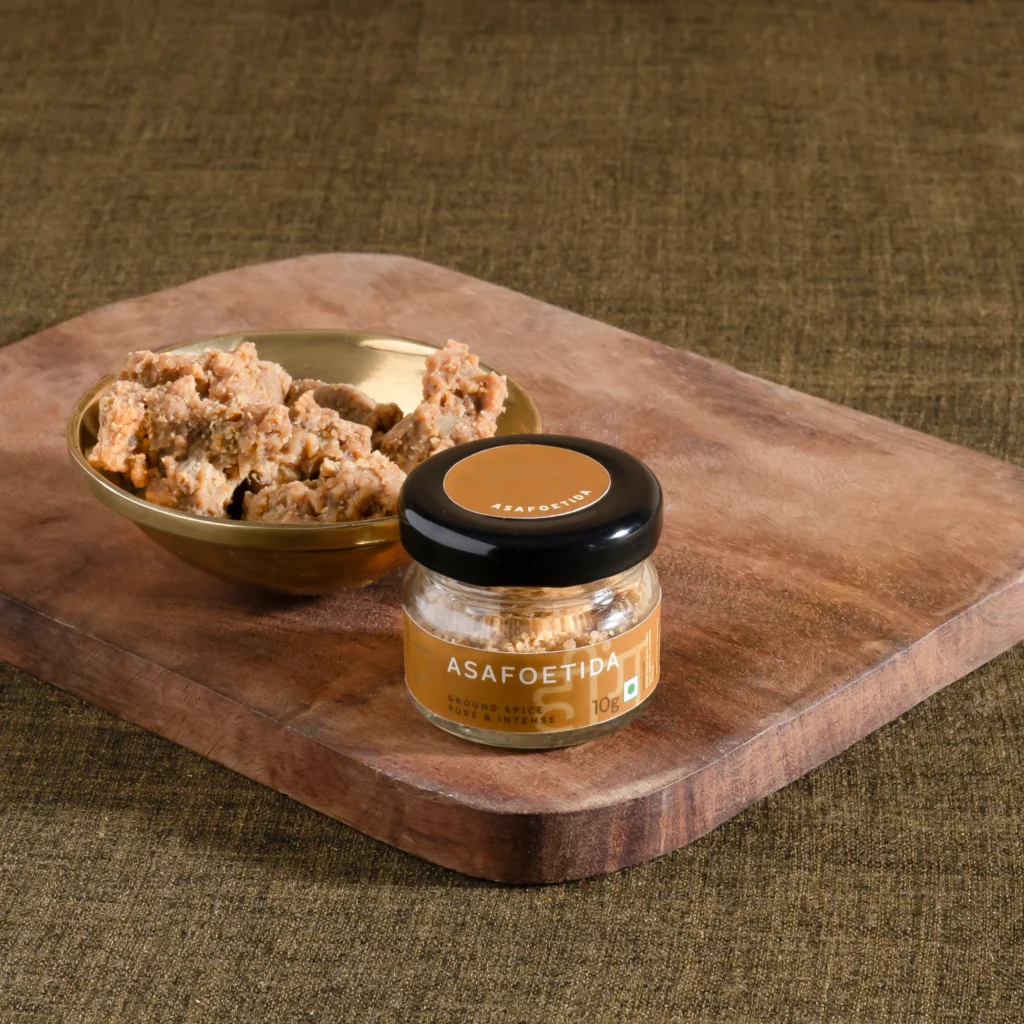
Asafoetida is derived from the resin of the Ferula species, a group of perennial herbs that grow mainly in arid regions. The milky resin extracted from the root dries into a hard, gum-like substance, which is then ground into a powder or sold in lump form. Due to its pungent smell, raw asafoetida is rarely used directly; instead, it’s processed into a milder compound mixed with flour or starch.
Primarily used as a flavor enhancer in Indian cuisine, especially in lentil dishes and curries, asafoetida is also known for its health benefits. It is considered an effective digestive aid, anti-flatulent, and even has antimicrobial properties. Its strong sulfurous aroma, once cooked, transforms into a deep umami flavor reminiscent of onions and garlic—making it a perfect substitute for those avoiding alliums.
Global Asafoetida Production Landscape
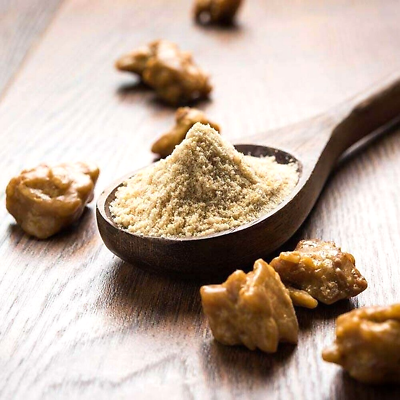
Asafoetida is not cultivated on a large scale in many countries due to the specific environmental conditions required. The plant prefers cold desert climates and grows best in countries with dry, rocky, and high-altitude terrains. Traditionally, countries like Iran, Afghanistan, and Turkmenistan have been natural habitats for Ferula plants.
However, while these regions may have suitable climates for cultivation, the largest producer of asafoetida in the world today is India.
India: The Asafoetida Giant
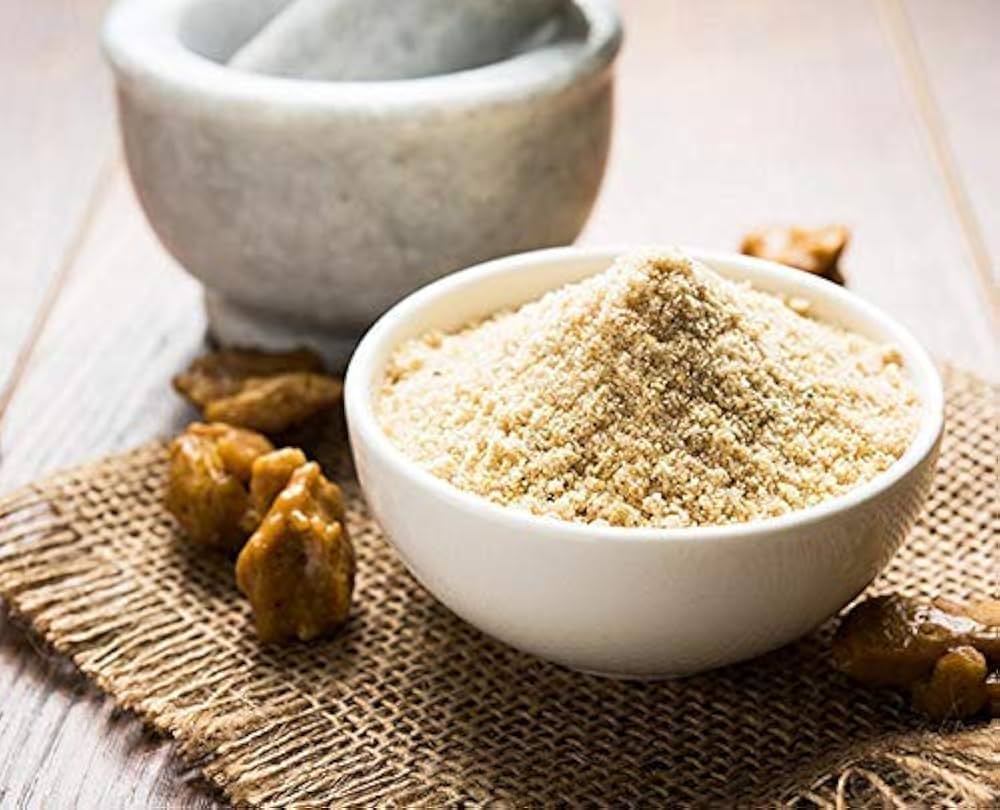
1. A Historical and Cultural Connection
India does not grow asafoetida natively, as the Ferula plant is not indigenous to Indian soil. However, India is the largest importer, processor, and consumer of raw asafoetida gum. Over the centuries, the country has perfected the art of processing raw gum into the powdered spice known and loved by millions. Asafoetida has deep roots in Indian Ayurvedic medicine, traditional rituals, and cuisine, making it a staple in Indian households.
According to estimates, India accounts for about 90% of global asafoetida consumption and around 60–70% of global production by volume once processed.
2. Source Countries and Import Channels
Until recently, India was completely dependent on countries like Iran, Afghanistan, and Uzbekistan for the raw asafoetida gum. These Central Asian and Middle Eastern countries grow the Ferula plant in wild and semi-wild environments and export the raw material to India, where it is cleaned, ground, diluted with flour, and packaged.
The state of Madhya Pradesh, especially the Mandsaur district, has emerged as a hub for asafoetida processing in India. Renowned Indian companies such as LG Hing and Vandevi Hing dominate the domestic and global asafoetida market.
3. India Begins Cultivating Asafoetida
In a groundbreaking development, India started domestic cultivation of asafoetida in 2020. Under a collaboration between the Council of Scientific and Industrial Research (CSIR) and the Institute of Himalayan Bioresource Technology (IHBT), Ferula asafoetida seeds were successfully planted in the cold desert region of Lahaul-Spiti in Himachal Pradesh.
Initial results have been promising, and this step may eventually reduce India’s dependence on imports. However, as of now, large-scale commercial production is still in its infancy, and India remains the largest processor and producer of market-ready asafoetida, not the grower of the raw gum.
Why India Dominates Asafoetida Production
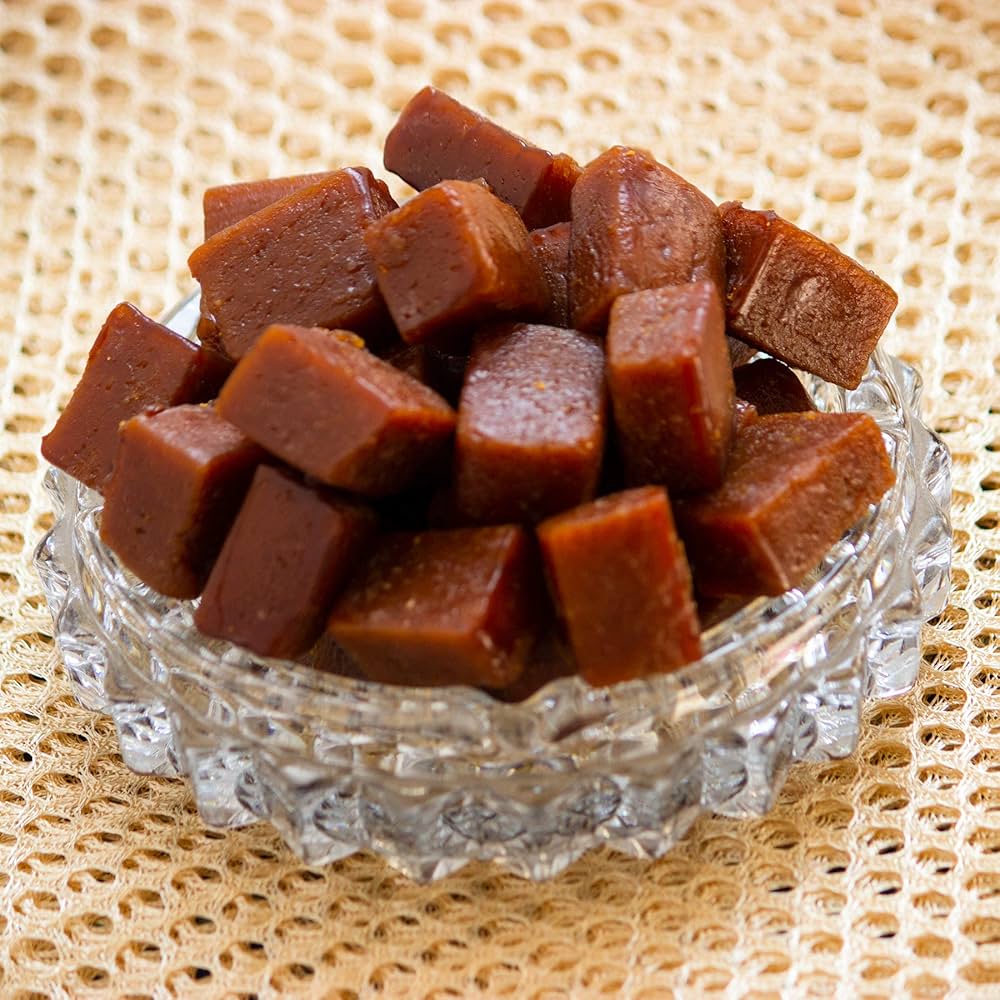
1. Culinary Demand
India’s enormous culinary landscape is a major driver. Asafoetida is used across all regions—from South Indian sambars and rasams to North Indian dals and pickles. In many vegetarian households, it’s an essential substitute for garlic and onion.
2. Pharmaceutical and Ayurvedic Usage
Ayurveda, India’s traditional system of medicine, values asafoetida for its medicinal properties. It is used to treat:
- Indigestion and bloating
- Respiratory disorders
- Menstrual problems
- Nervous system issues
This dual usage—culinary and medicinal—creates a robust and consistent demand throughout the country.
3. Strong Processing Infrastructure
India has the technology and infrastructure to convert raw, smelly gum into commercially viable asafoetida powder. Advanced blending, deodorizing, and packaging facilities are concentrated in states like Madhya Pradesh, Gujarat, and Maharashtra.
Other Major Players in Asafoetida Production
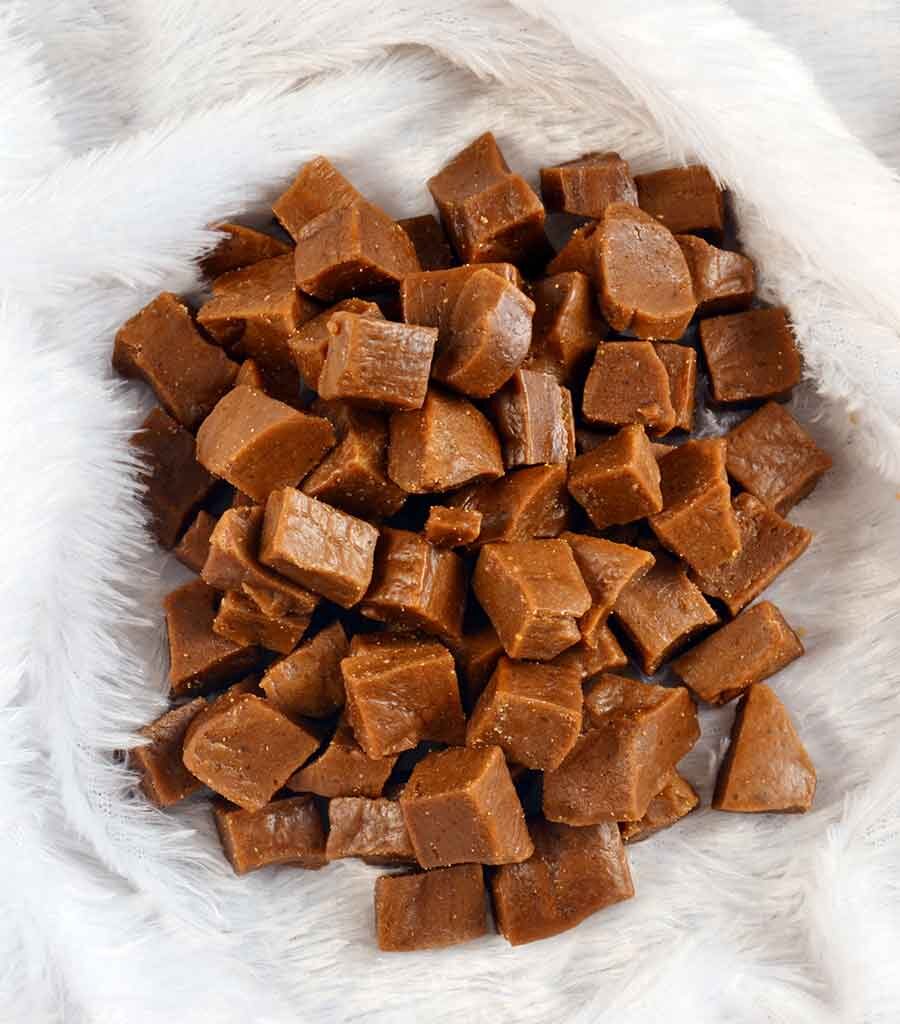
Iran and Afghanistan
These countries are the largest cultivators of the Ferula plant. Afghanistan in particular has rich asafoetida-producing regions such as Herat and Nimruz. However, due to limited infrastructure and instability, they export raw resin instead of processed spice.
Turkmenistan and Uzbekistan
Both Central Asian nations grow Ferula naturally and contribute to the global supply chain. However, they lack global branding and exporting networks compared to India.
Export and Trade
India exports processed asafoetida to:
- United States
- United Kingdom
- United Arab Emirates
- Nepal
- Malaysia
- Sri Lanka
- Australia
According to India’s Ministry of Commerce, the country exports hundreds of tons annually, making it the global leader in processed asafoetida trade.
Challenges in Asafoetida Production
- Dependence on Imports: India’s dominance is built on foreign raw material, which creates vulnerabilities due to geopolitical tensions or supply disruptions.
- Long Cultivation Cycle: Asafoetida plants take 5 years to yield usable gum, which slows down commercial cultivation.
- Climate Sensitivity: Ferula plants require very specific conditions to grow—cold deserts with low humidity and high altitudes.
The Future of Asafoetida Production
India’s move toward self-reliance (Atmanirbhar Bharat) in asafoetida cultivation could mark a turning point. Successful domestic farming of Ferula asafoetida will ensure:
- Reduced dependence on imports
- Boost to local economies in Himalayan and desert regions
- Preservation of traditional spice knowledge
With increased investment and research, India may soon be both the largest producer and processor of asafoetida, controlling the entire value chain from seed to spice jar.
Conclusion
India holds the top spot as the world’s largest producer of asafoetida in its processed form. Though countries like Afghanistan and Iran cultivate the raw resin, India’s unmatched ability to import, refine, and distribute asafoetida places it at the pinnacle of the global market. With new cultivation efforts underway and growing global interest in traditional spices, India’s asafoetida industry is poised for an even brighter, more aromatic future.





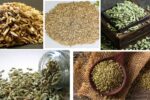
Leave A Comment